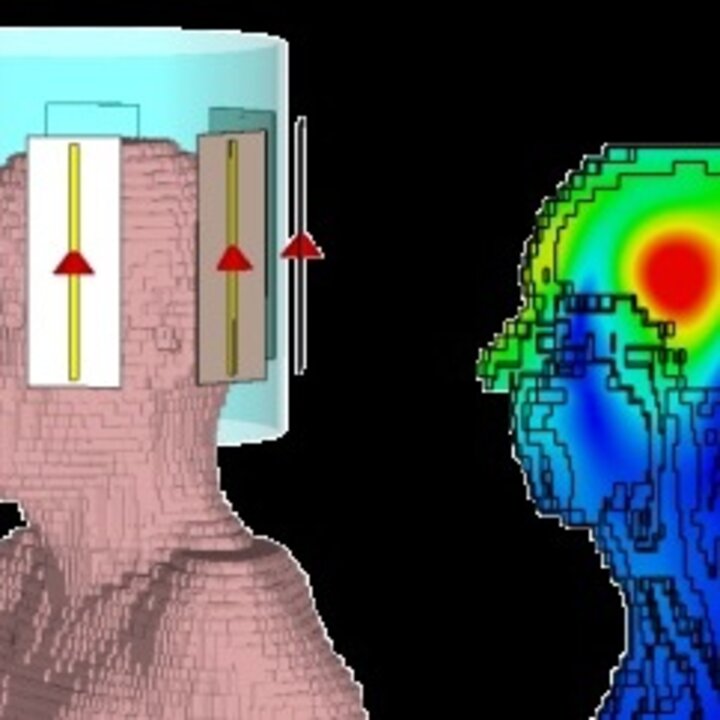聽 聽 聽
Magnetic resonance imaging (MRI) is non-invasive and non-radiating imaging modality which is efficiently used for diagnostic purposes, pre- and post-operative follow up of the patients and for guided interventions. Increased sensitivity allows increased signal-to-noise ratio (SNR) for higher resolution and shorter scan time. Higher magnetic susceptibilities at ultra-high field (UHF) are a clear advantage in several MRI techniques (fMRI, SWI and QSM). On the other hand, the wavelength in a tissue at UHF is shorter, which causes interference effects leading to B1+ field inhomogeneities. In addition, B0 field inhomogeneities are higher at UHF. In our research we investigate how to resolve and control these radiofrequency (RF) and B0 field interactions with a human body in order to unleash the full potential of the UHF MRI. The novel RF (B1+) and DC (B0) coil designs will be used for greatly improved structural, functional and metabolic imaging at UHF MRI.
Read moreMeet some of our researchers
Recent Publications
Our most recent peer reviewed publications
Contact
-
Visiting address
Flux 7.089Groene Loper 195612 AP EindhovenNetherlands -
Postal address
Department of Electrical EngineeringP.O. Box 5135600 MB EindhovenNetherlands -
Secretary
-
Teamlead
